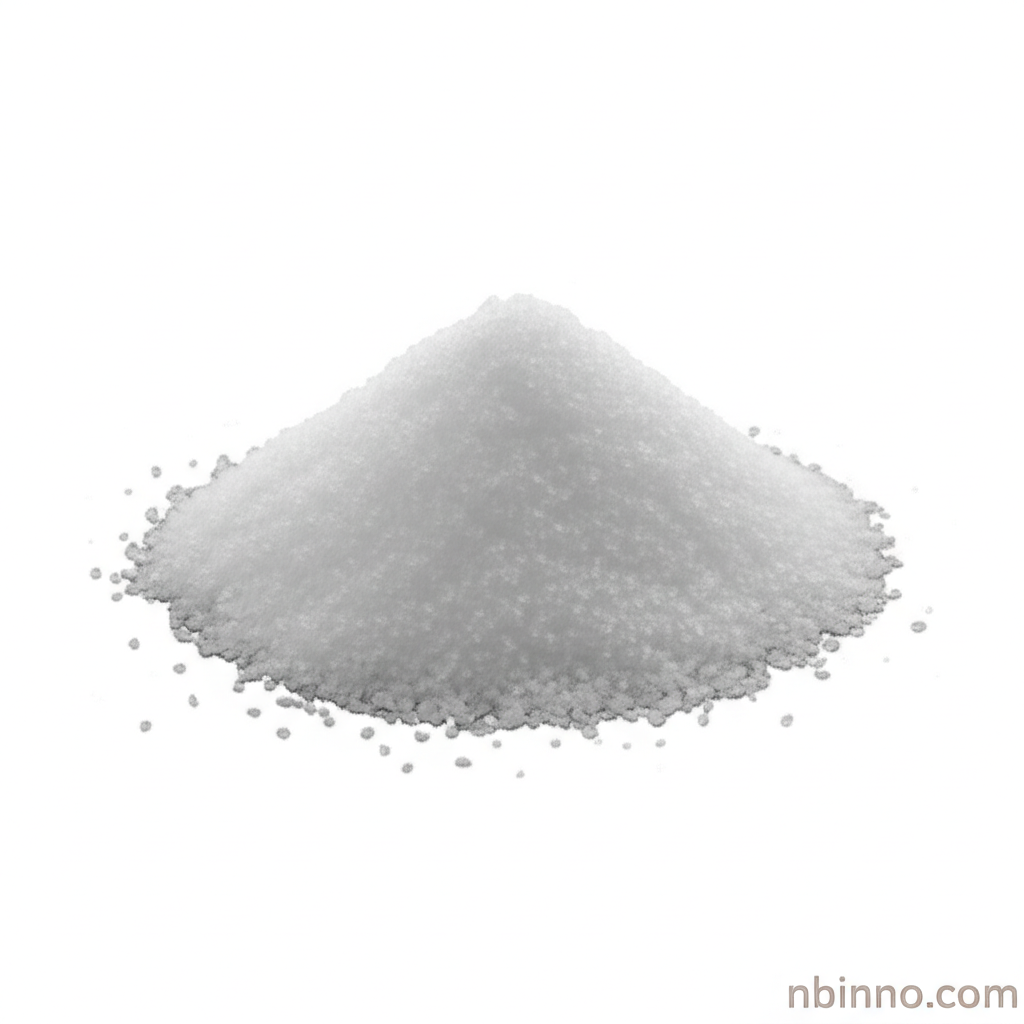Sodium Formate (CAS 141-53-7): Properties, Applications, and Industrial Significance
Exploring the versatile applications and chemical properties of Sodium Formate for diverse industrial needs.
Get a Quote & SampleProduct Core Value

Sodium Formate
Sodium formate, identified by CAS number 141-53-7, is a crucial chemical compound with a white crystalline appearance. It serves as a fundamental building block and functional agent across a wide array of industrial sectors due to its chemical versatility. Its applications are broad, ranging from enhancing textile dyeing processes to serving as an important intermediate in the synthesis of other chemicals.
- Understanding sodium formate's chemical properties is key to unlocking its industrial potential. This compound is highly soluble in water and exhibits strong reducing capabilities, making it valuable in various chemical reactions.
- The textile industry heavily relies on sodium formate for dyeing and printing processes. It acts as a crucial fixing agent, improving color brightness and ensuring uniform dye penetration, as highlighted in our exploration of sodium formate uses in textiles.
- As a buffering agent, sodium formate is often paired with formic acid in solutions. This characteristic is vital in applications requiring precise pH control, a key aspect of its role as a sodium formate buffering agent.
- The industrial applications of sodium formate are extensive and varied. From leather tanning to de-icing and acting as a corrosion inhibitor, its utility underscores its importance as a versatile chemical intermediate.
Advantages Offered
Versatile Industrial Utility
Sodium formate's broad range of sodium formate industrial applications makes it an indispensable chemical in sectors like textiles, leather, and agriculture. Its ability to act as a fixing agent, preservative, and intermediate enhances numerous production processes.
Effective Chemical Synthesis
As a key precursor for chemicals like formic acid and oxalic acid, sodium formate plays a vital role in chemical manufacturing. Exploring sodium formate synthesis methods reveals its importance in creating valuable downstream products.
Enhanced Material Properties
In applications like printing and dyeing, sodium formate significantly improves color fixation and vibrancy. Its role as a buffering agent also ensures stable chemical environments, contributing to the quality of finished products.
Key Applications
Textile Dyeing and Printing
Sodium formate is essential for achieving vibrant and lasting colors in fabrics. Its role as a fixing agent in the textile industry is well-documented, contributing to the quality of dyed and printed materials. Learn more about sodium formate uses in textiles.
Chemical Manufacturing
The compound serves as a critical intermediate for producing other important chemicals, including formic acid and oxalic acid. Understanding sodium formate chemical properties is key to its efficient use in synthesis.
Agricultural Use
In agriculture, it functions as a feed additive, helping to extend shelf life and improve animal nutrition. This application highlights its importance beyond industrial chemical processes.
Leather Tanning and De-icing
Its utility extends to leather processing and as an effective de-icing agent for runways and roads, showcasing its broad industrial impact.
